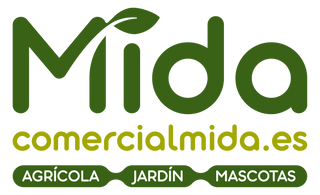The use of direct seeding in our garden
Traditionally, the sowing of most horticultural species is usually done in a nursery (sowing in trays, using a special substrate). But we cannot forget that there are species that we can plant directly on the land where they will complete their entire production cycle. To do this, we will use the direct sowing method.











